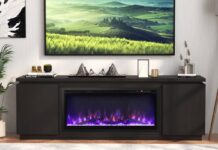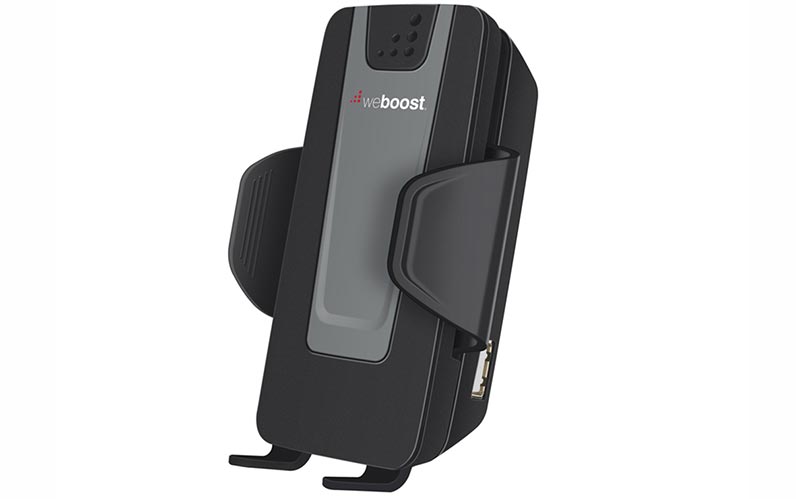
Maybe it’s Murphy’s Law, but dropped calls usually happen at the most inopportune times. An important or engaging conversation cut short by a sudden drop in reception can be annoying—even more so if it happens with any sort of regularity. Cell phone signal boosters are designed to amplify sending and receiving those signals, and weBoost has products that cover both your car and home.
While many in major cities take cellular signals for granted, it doesn’t mean everyone is immune to bad reception. And those living in rural areas fight a different battle when it comes to staying connected. The beauty of a booster is that it can work almost anywhere, and can amplify network access for talk and text, as well as for data, regardless of whether it’s 3G or LTE.
weBoost Drive 3G-S
Road trips can be fun, but a constant connection is never a guarantee. I can think of a number of times where “dead zones” dotted the landscape along the main highway passing through one town to the next. Campers may also run into issues staying connected wherever they may decide to go. Then there are boaters who want to stream music or just keep in touch with friends or relatives who are back on solid ground.
There are countless scenarios that the weBoost Drive 3G-S is designed to deal with, though anything to do with a signal boost in a moving vehicle comes into play. The device is essentially made up of three parts. The cradle holds the phone in place, and uses the close proximity of the phone to boost the signal. Two cables plug right into it. One is the magnetic antenna that can be snaked through the various crevices in a vehicle to stay upright outside. The second goes to the charger that plugs in directly to the vehicle’s 12-volt socket.
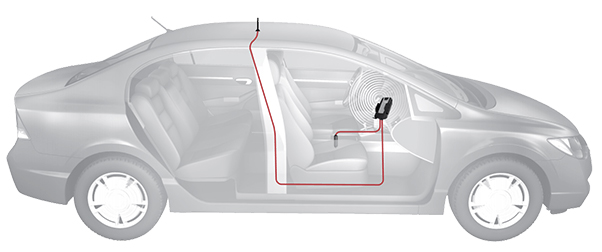 Installation isn’t complicated because there is no detailed assembly and setup required. Once everything is in place, the signal boost works on its own. If you see an increase in reception bars, then you know that it’s working. The frequencies covered are 850MHz (Band 5) and 1900MHz (Band 2), with max gain of 23dB. That covers almost all smartphones and carriers, but it should be noted that it can only boost 3G connections, not LTE.
Installation isn’t complicated because there is no detailed assembly and setup required. Once everything is in place, the signal boost works on its own. If you see an increase in reception bars, then you know that it’s working. The frequencies covered are 850MHz (Band 5) and 1900MHz (Band 2), with max gain of 23dB. That covers almost all smartphones and carriers, but it should be noted that it can only boost 3G connections, not LTE.
While the booster can work fine with a phone in a case, it can be better to take it off and keep the phone in the cradle without one. If using Bluetooth through the vehicle’s own infotainment system, a separate speakerphone or headset, the Drive 3G-S doesn’t affect that at all. You would be able to drive hands-free and utilize the signal boost without having to touch the phone.
An added benefit of a signal booster is battery life. When the phone (which uses a much smaller antenna) can’t pick up a good signal easily, it pushes harder to do so, thus taxing the processor and battery. weBoost estimates that it can save up to two hours of talk time in areas where signals are weak.
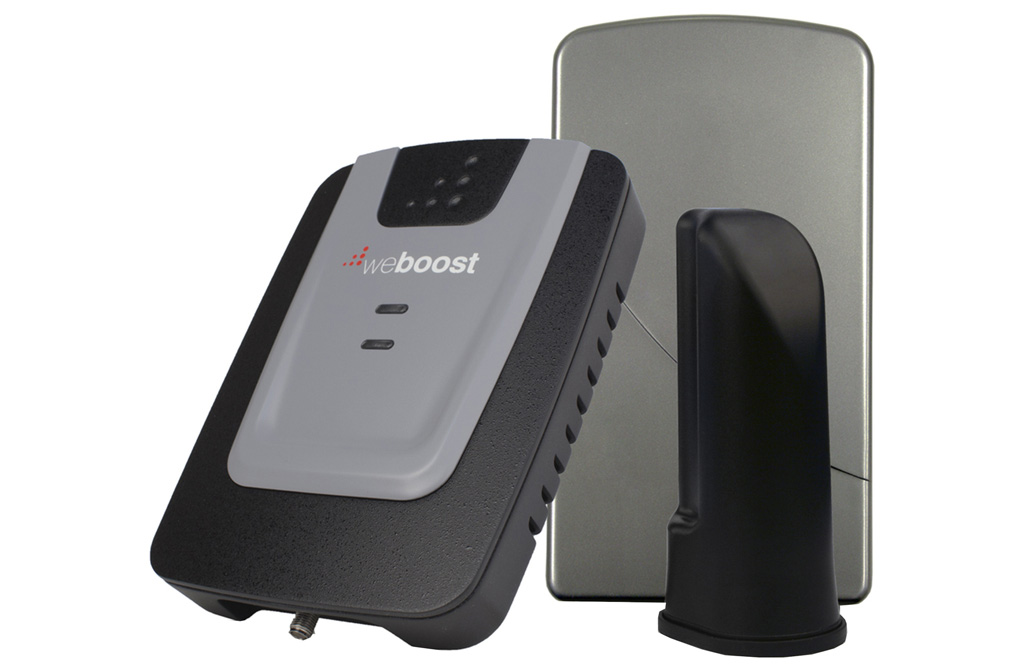
weBoost Home 3G
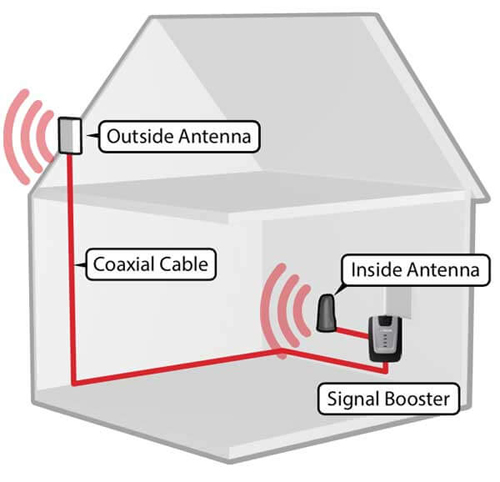 Taking the same paradigm above and applying it to the home or office, the Home 3G essentially does the same thing for a home—or part of a home or office—that the Drive 3G-S does. I can personally attest to a spotty connection where I live. I’m in Toronto, but never consistently get a good signal, so this is the sort of product that can be practical no matter the location.
Taking the same paradigm above and applying it to the home or office, the Home 3G essentially does the same thing for a home—or part of a home or office—that the Drive 3G-S does. I can personally attest to a spotty connection where I live. I’m in Toronto, but never consistently get a good signal, so this is the sort of product that can be practical no matter the location.
Part of this needs to be setup outside with an antenna to pull in the wireless network signal, connected through a coaxial cable to an indoor antenna repeater to push it into the home. The signal booster amplifies it, much like the way a router distributes an incoming Internet connection from a modem. The combination at work here should be powerful enough to cover most indoor spaces, like homes or small offices.
It’s recommended that keeping a distance of between 5-8 feet from the amplifier is best to get the most of the booster’s performance. Placement should depend on where you want to boost the signal most. If a home office is most important, then you can for that. If the basement is a weak zone, then putting the booster there may be better. You would know based on the problem you want the Home 3G to solve.
The amplification process is no different than what the Drive 3G-S does for vehicles. The distinction, however, is that being stationary at home, the boosted signal is more consistent. Driving long distances can lead to some fluctuations, whereas a static location should be steady at all times, making it easier to talk, text and use data (when not using Wi-Fi).
Getting a boost
These two products are designed to be solutions to pervasive or consistent connectivity problems, though they are capable of boosting decent signals, too. For example, if three bars are more common than four or five at home, work or on the road, then it may be worth considering either one as a way to improve reception. Indeed, better reception also means better voice quality, which is naturally a must for important calls or sending texts faster.
If the issue is more about getting something better for LTE, there are weBoost boosters to deal with that, both for the home/office or the car. Weak 3G signals are a fact of life in some rural areas, and the weBoost Drive 3G-S and Home 3G should be able to help breathe new life into smartphones, tablets and hotspots that rely on a cellular connection. City dwellers may find them useful to deal with dead zones or frustratingly weak signals.


